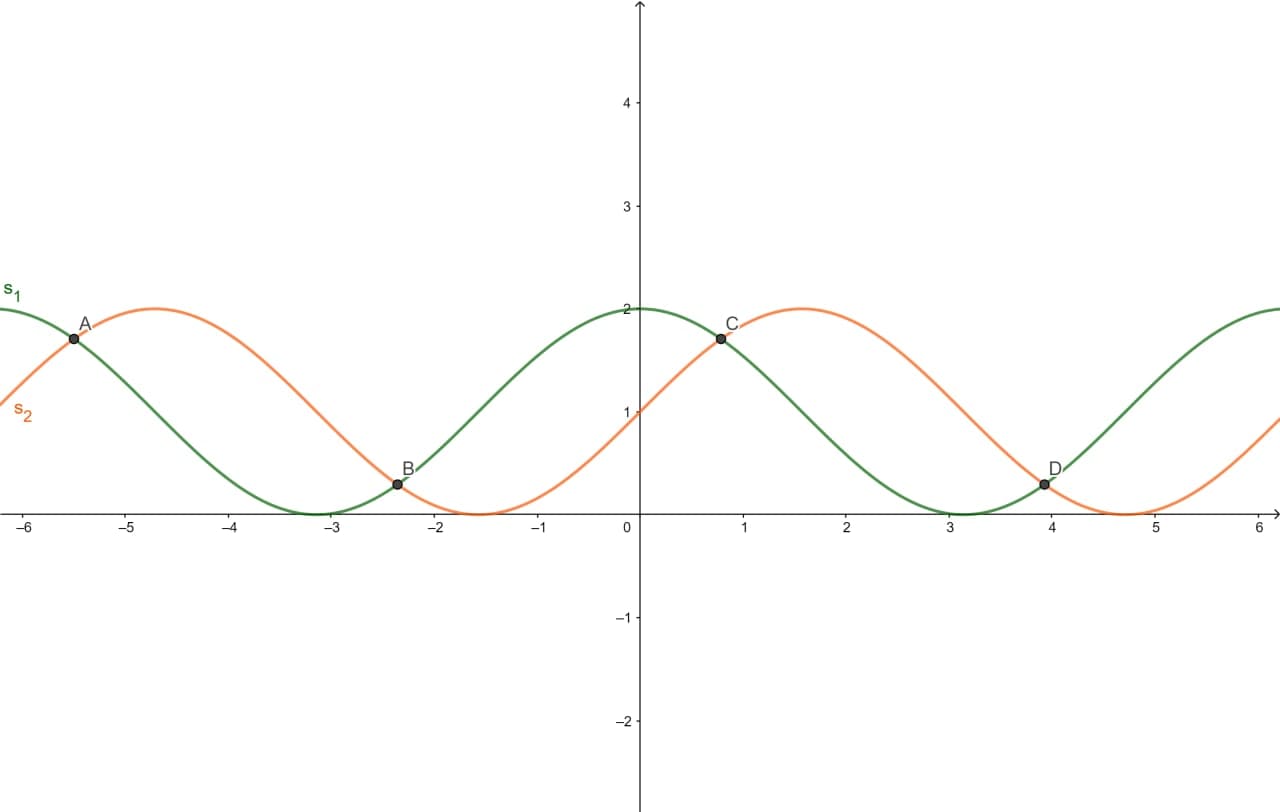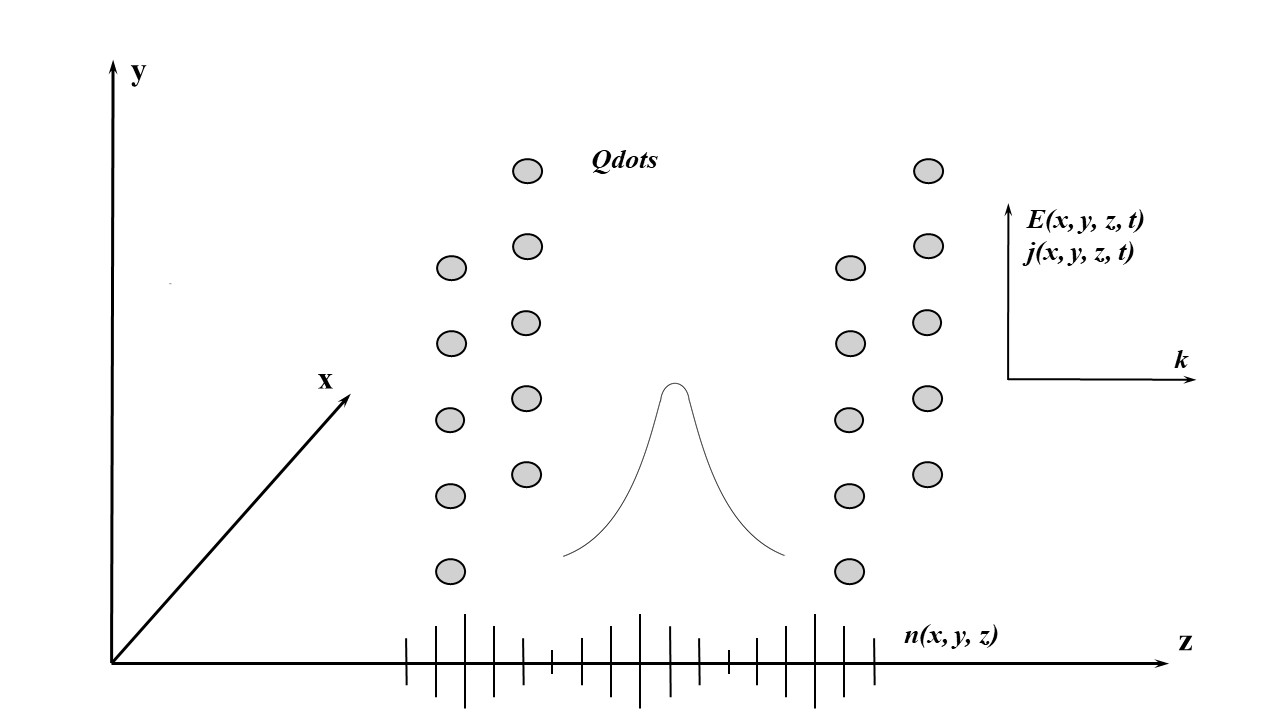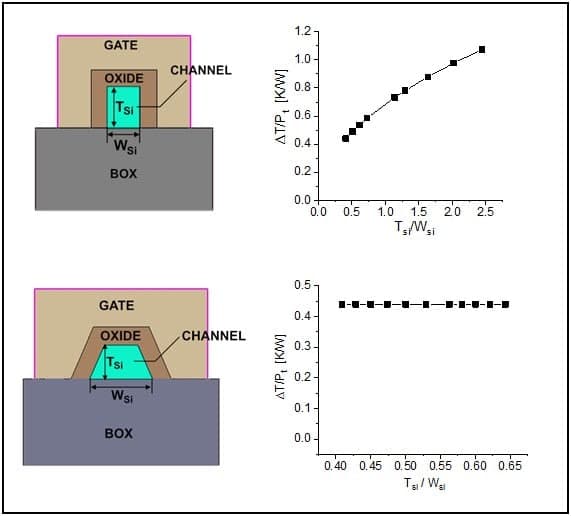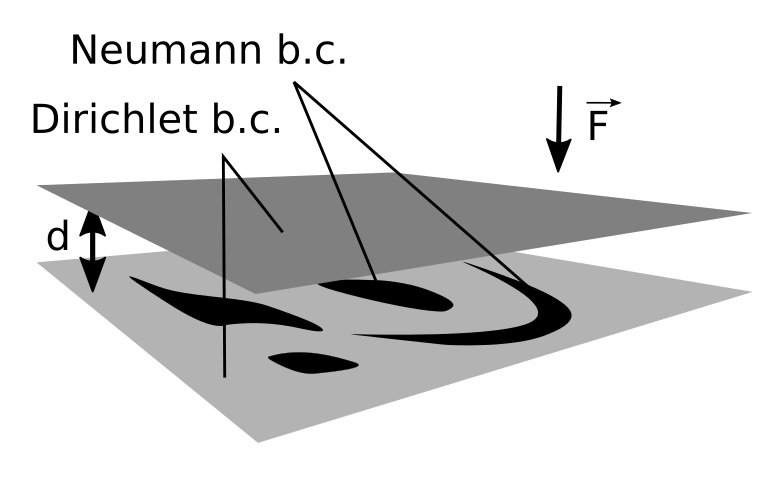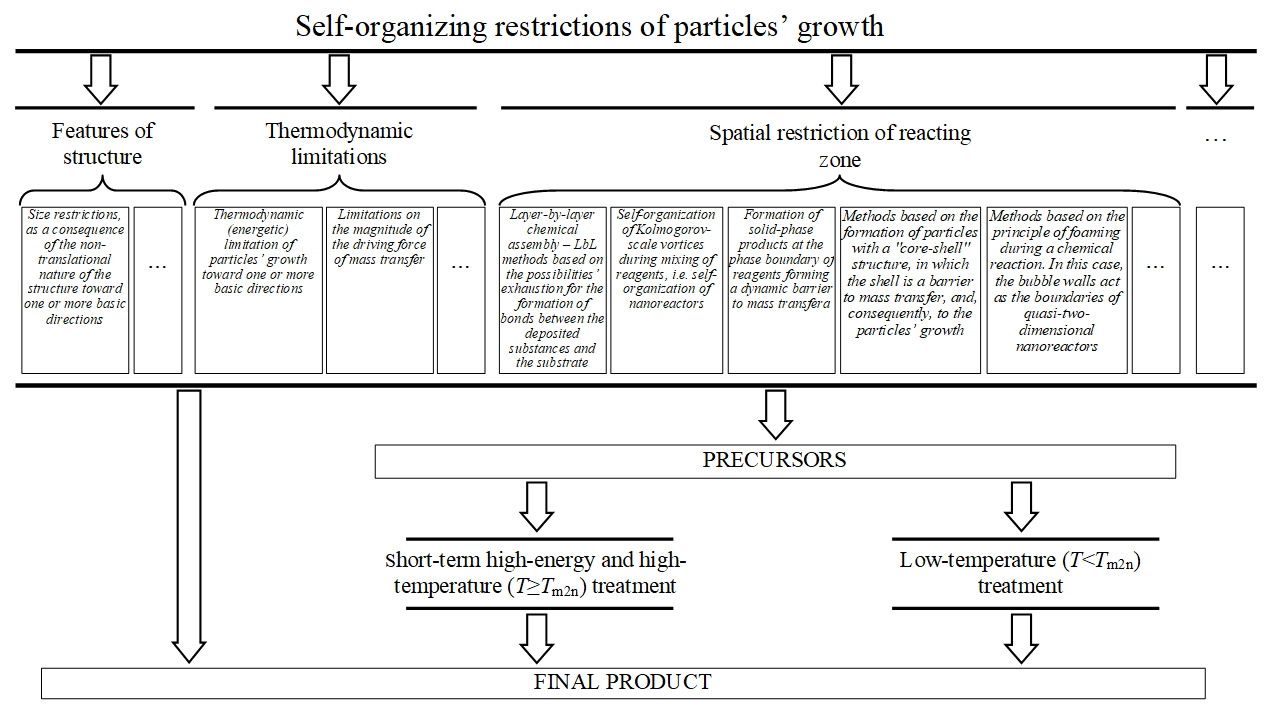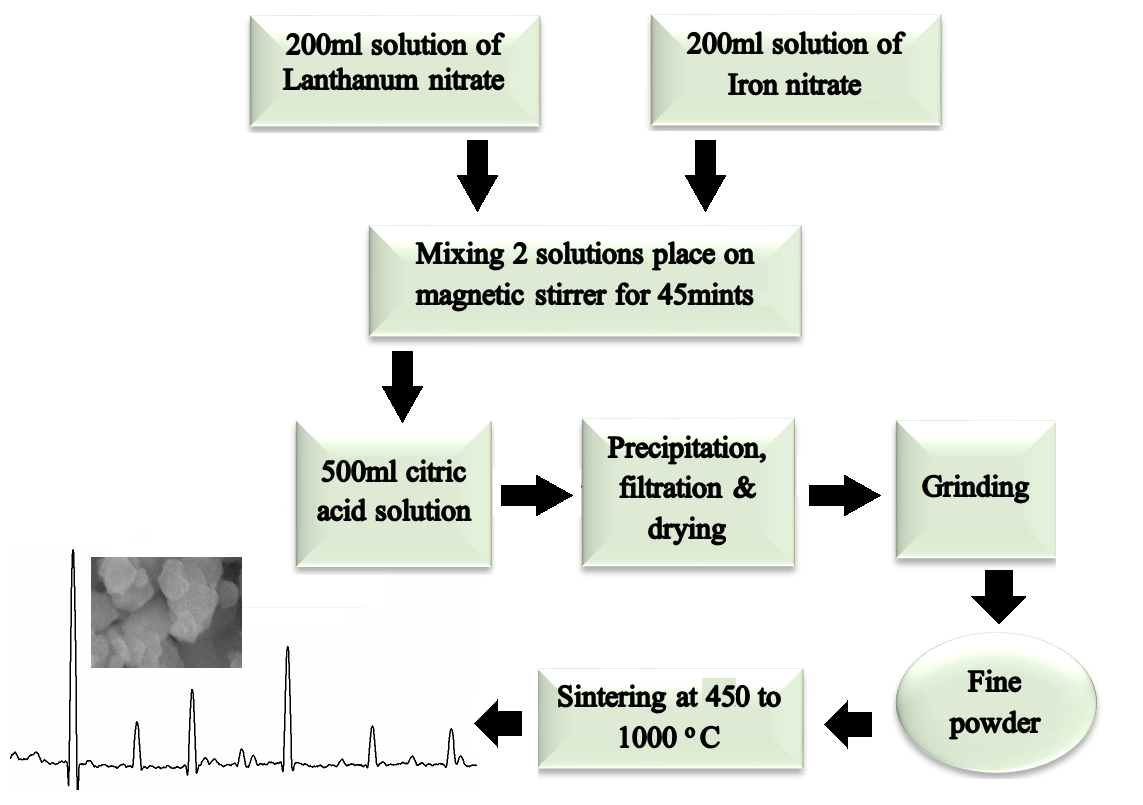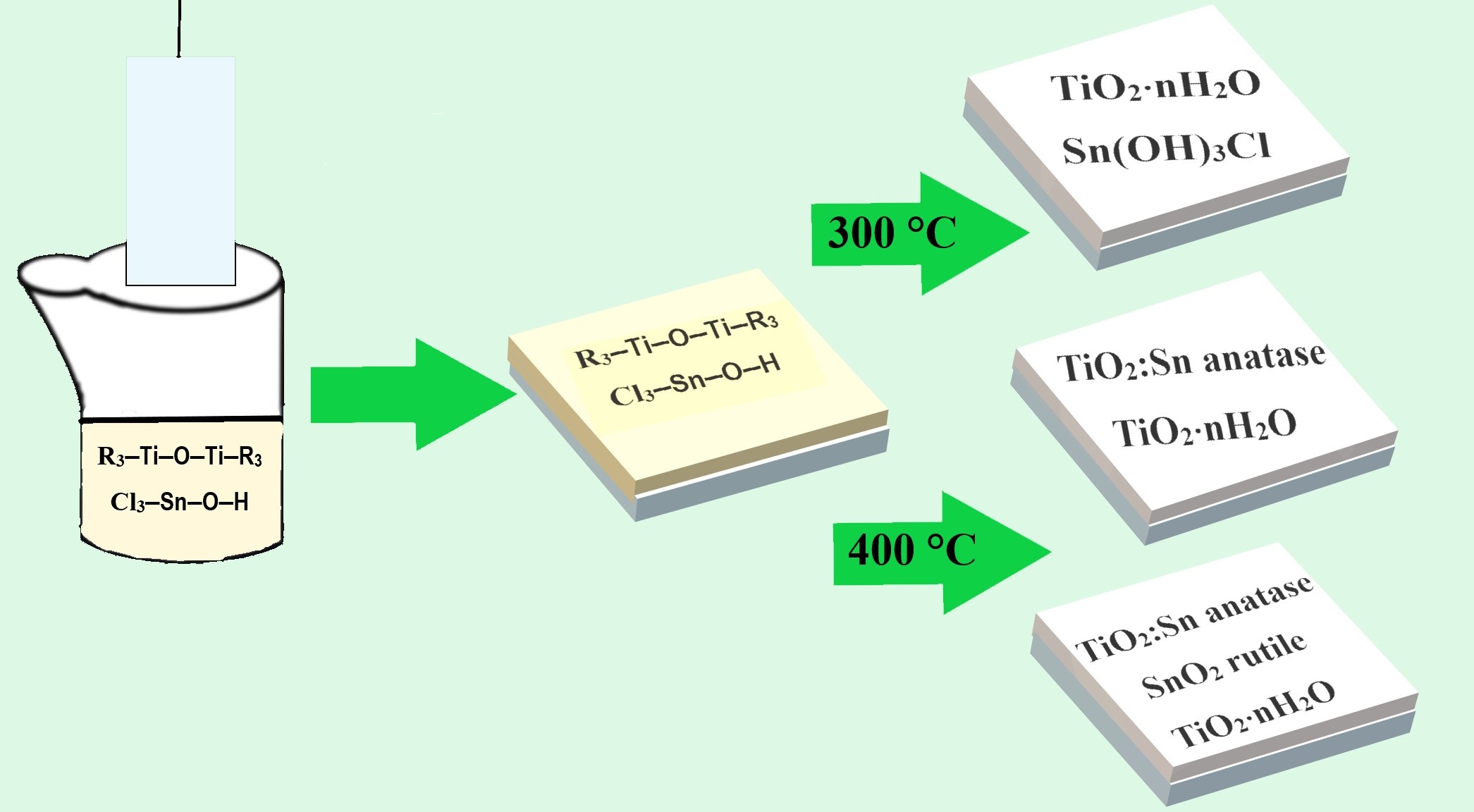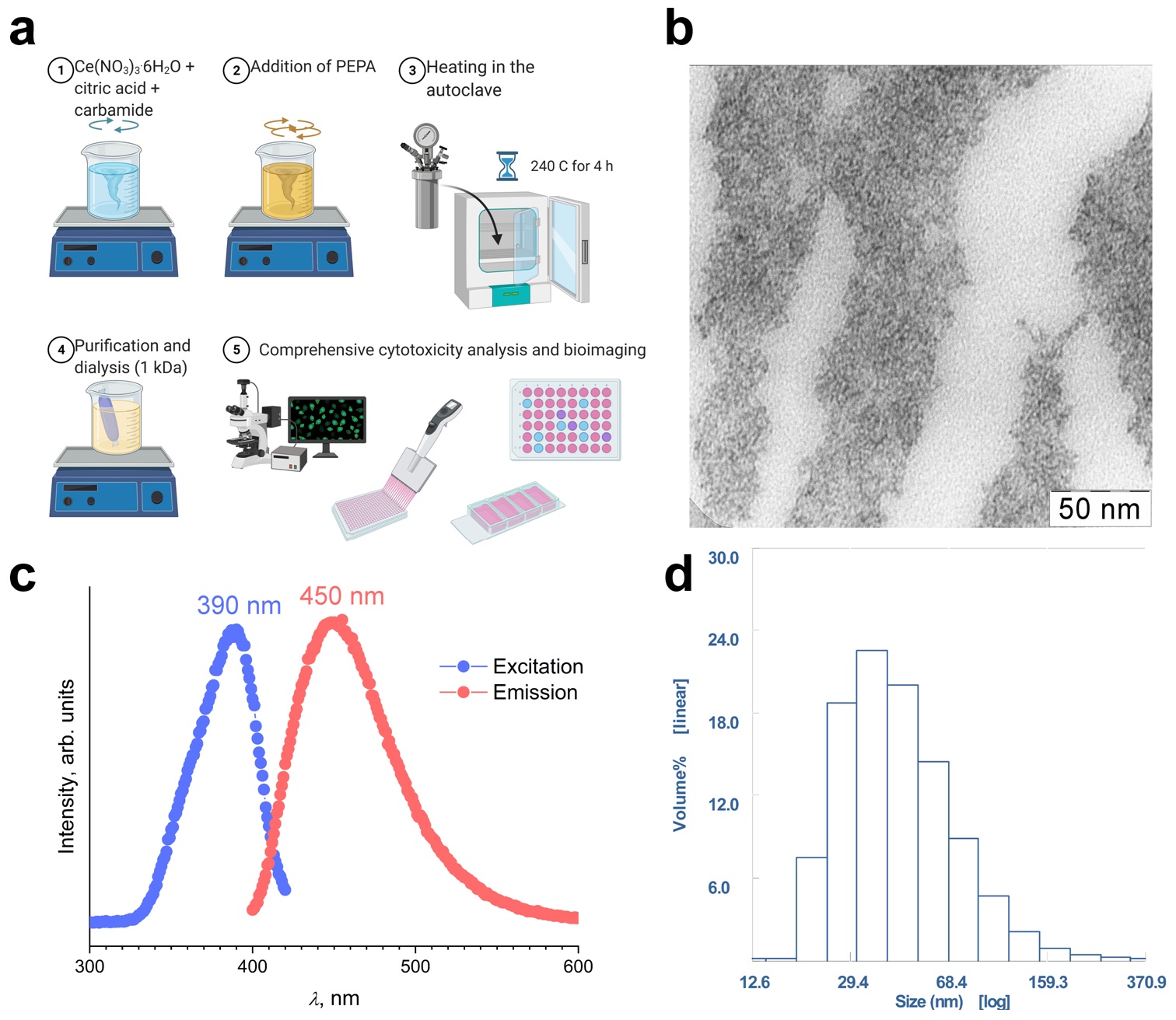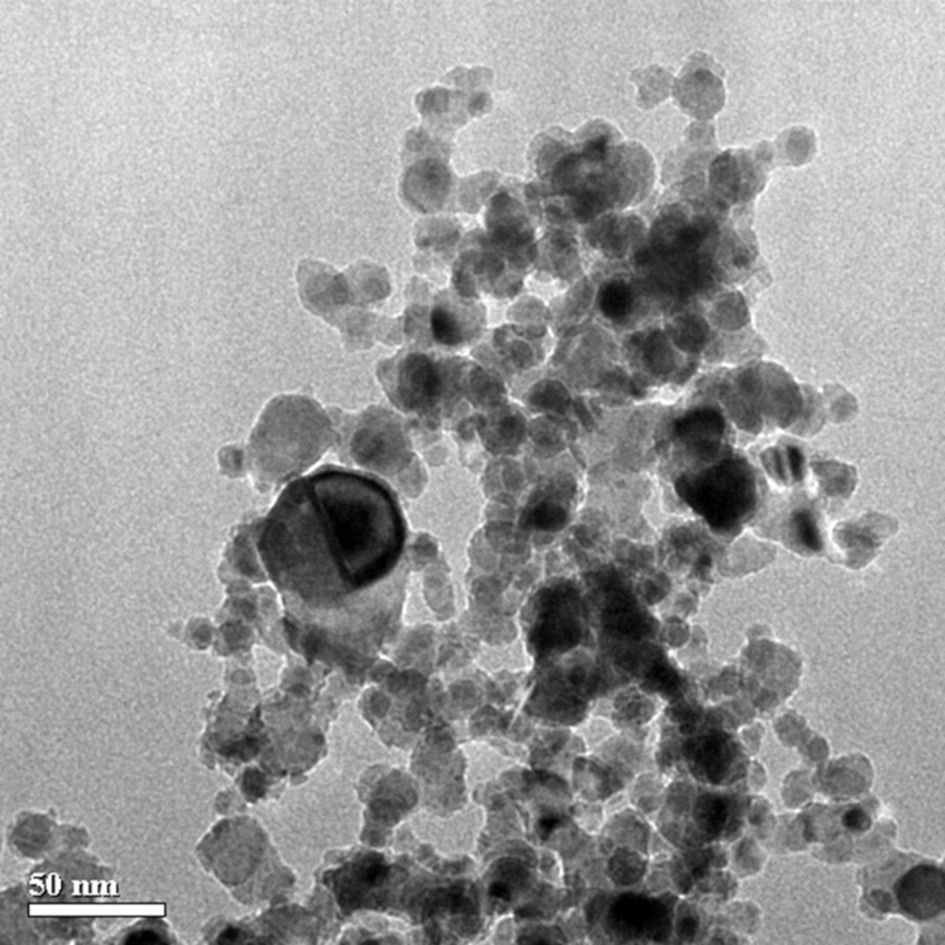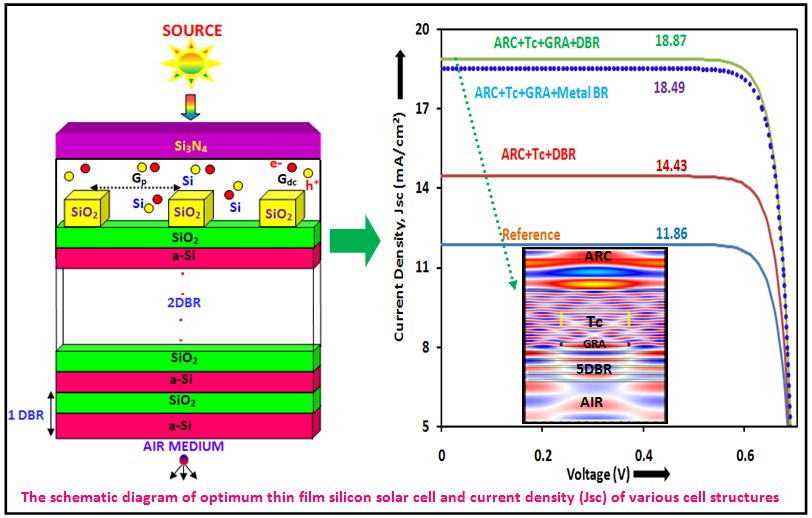In this paper, a periodical boundary value problem for a first order system of ordinary differential equations with impulsive effects and maxima is investigated. We define a nonlinear functional-integral system, the set of periodic solutions of which consides with the set of periodic solutions of the given problem. In the proof of the existence and uniqueness of the periodic solution of the obtained system, the method of compressing mapping is used.
Based on Maxwell’s equations in Coulomb calibration, which describe the dynamics of extremely short optical pulses in a photonic crystal with a three-dimensional superlattice connected by strong tunneling along one axis, a phenomenological equation was obtained in the form of the classical 2+1-dimensional sine-Gordon equation with variable coefficients for the case of cylindrical symmetry. The steady propagation of such pulses is established, as well as the dependence of the evolution of these pulses on the parameters of the photonic crystal.
We study the impact of channel shape, back oxide, and gate oxide on the self-heating performance in nanoscale junctionless Fin Field Effect Transistor through numerical simulation. The role of back oxide and gate oxide layers in setting the channel temperature is compared. Simulation results show that in the case of hafnium oxide (HfO2) as the gate oxide and silicon dioxide (SiO2) as the back oxide, the main role in setting the channel temperature corresponds to the base width of the channel that is in contact with the back oxide layer.
The discrete spectrum of the Hamiltonian describing a quantum particle living in three dimensional straight layer of width d in the presence of a constant electric field of strength F is studied. The Neumann boundary conditions are imposed on a finite set of bounded domains (windows) posed at one of the boundary planes and the Dirichlet boundary conditions on the remaining part of the boundary (it is a reduced problem for two identical coupled layers with symmetric electric field). It is proved that such system has eigenvalues below the lower bound of the essential spectrum for any F ≥ 0. Then we closer examine a dependence of bound state energies on F and window’s parameters, using numerical methods.
A systematic analysis of literature data concerning the influence of methods and conditions of synthesis on the possibility of self-organization of particle growth restrictions during chemical reactions of solid phase has been conducted. The prospects of using such methods to obtain nano-crystalline phases are shown. It is demonstrated that a disadvantage of such methods of synthesis is the risk of forming precursor phases instead of target products. To avoid such an outcome, several methods of synthesis are proposed. Based on the analysis of literature data, examples of the transformation of precursor nanoparticles into nanocrystals of target phases are classified and presented. A scheme that allows optimal combination of synthesis methods to obtain nano-crystalline particles of a given composition, structure, size, and shape is designed.
Single-phase highly crystalline LaFeO3 is synthesized by autocombustion of the gel complex obtained from citrate and metal nitrate precursors. The XRD analysis exhibited the transformation of amorphous phases of La2O3 and Fe2O3 into highly crystalline LaFeO3 at 1000 ◦C. The agglomerated semi spherical morphology is observed. The average particle size of sintered pellets at 1000 ◦C for 4 h, 8, 12, and 16 h heating time is found 105, 130, 160 and 200 nm, respectively. TGA analysis revealed 27% weight lost due to the decomposition of La(OH)3 and Fe(OH)3 into La2O3, Fe2O3 , and LaFeO3. Electrical properties of LaFeO3 were found to be dependent on micro-structural heterogeneities i.e., grain and grain boundaries. Two probe DC resistivity exhibited decrease in resistance with increasing heat treatment and time. The outcomes of this study confirmed the potential applications of perovskite-type LaFeO3 in energy and environmental sectors.
This study focuses on the preparation of transparent conducting TiO2 films with the addition of Sn(IV) by sol-gel method from film-forming solutions based on n-C4H9OH-(C4H9O)4Ti-SnCl4·5H2O at the temperature of 300-400 ◦C. Such films attract great attention because they can be used in flexible transparent photoanodes for the preparation of high effective sensitized solar cells. The morphology, phase composition, and optical properties of films were studied by X-ray diffraction, X-ray spectral microanalysis, scanning electron microscopy, spectrophotometry, and ellipsometry. The content of Sn(IV) influences the composition of films. The solid solution based on titanium dioxide with anatase structure is formed at a content of 5 mol.% Sn(IV); the films with a content of 10-30 mol.% Sn(IV) are the mixture of the TiO2:Sn solid solution and SnO2 with rutile structure. Regardless of the tin content, all films contain an amorphous TiO2·nH2O phase. The formation of oxide phases occurs through the stages of thermal destruction of Sn(OH)3Cl, tin acid, and burnout of butoxy groups of butoxytitanium(IV). The as-synthesized oxide films are uniform and continuity regardless of the tin content. An increase in the content of Sn(IV) in the composition of the films leads to an increase in their thickness from 48 to 105 nm and a decrease in the refractive index from 1.89 to 1.66. The minimum resistance value is characteristic for films that are the solid solution with an anatase structure and with an admixture of the amorphous phase of titanic acid. The surface resistance of the glass decreases by 108 times after deposition of the film based on TiO2 with 5 mol.% Sn(IV). Films based on TiO2 with 5 mol.% Sn(IV) are characterized by a higher transparency coefficient in the entire visible range of the spectrum (80-70%) and can be used in photoelectrode in dye-sensitized solar cells.
The latest biomedical approaches based on the use of nanomaterials possessing luminescent properties make it possible to effectively visualize cancer cells or tissues, thus expanding diagnostic capabilities of the current bioimaging techniques. In this paper, a new scheme is proposed for the synthesis of cerium-containing carbon quantum dots (Ce-Qdots) of ultra-small size, promising for biomaging. Ce-Qdots have a high degree of biocompatibility, as well as remarkable redox activity. Cytotoxicity analysis performed using 4 human cell cultures confirmed the high degree of Ce-Qdots biocompatibility. It was shown that Ce-Qdots in concentrations up to 200 µ g/ml do not have a negative effect on the metabolic, proliferative, migration and clonogenic activity of cell cultures after 24, 48 and 72 hours of coincubation. Ce-Qdots can be considered as the basis of a new theranostic agent for bioimaging and targeted delivery of biologically active substances.
This paper presents the results of experiments, structural and morphological certification and modeling of ultrafine and nanocrystalline TiN-Ni “core-shell“ structures obtained during plasma-chemical synthesis of industrially manufactured microcrystalline TiNi. Experiments on plasma-chemical synthesis were carried out by recondensation of ultrafine and nanocrystalline powders in a rotating cylinder of gaseous nitrogen. X- ray phase analysis and high-resolution transmission electron microscopy (HR TEM) showed the presence of refractory titanium compounds with nitrogen and metallic nickel, which are part of the core-shell structures, including the metastable, highly deformed complex nitride Ti0.7Ni0 . 3N of hexagonal modification. HR TEM studies showed the localization of phases determined by X-ray diffraction and confirmed the “core-shell” structure on the example of nanocrystalline TiN-Ni fraction. Based on the experimental results, we have developed a model of crystallization of TiN-Ni “core-shell“ structures under the conditions of a rotating cylinder of gaseous nitrogen, where the crystallization rate is 105 ◦C/s.
Photonic crystals possess periodic modulation of higher refractive index contrast which brings a unique photonic band gap. In this work, thin-film silicon solar cell optical performance was studied by the finite-difference time-domain (FDTD) method. The distributed Bragg reflector (DBR) and nanogratings are integrated as a backside reflector, which endorses the photonic modes in the silicon solar cell. The light trapping scheme plays a pivotal role in solar cells due to the limited absorption in the higher spectral region. For that, various silicon solar cell structures are investigated for better light absorption using photonic ray theories with numerical simulations. This result indicates the combination of DBR and nanogratings is capable and yielded a high relative enhancement of 59 % as compared with the reference cell which was endorsing the Fabry-Perot resonance and guided-modes in photovoltaic devices. These results show promise for designing thin film silicon solar cells with enhanced light absorption.
ISSN 2305-7971 (Online)



